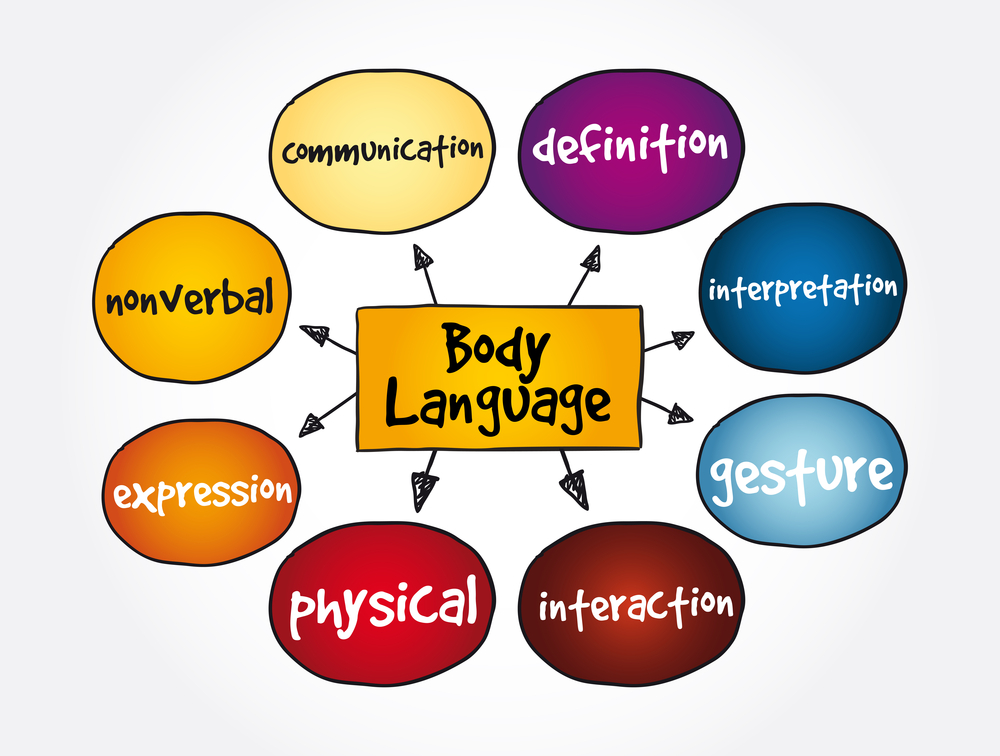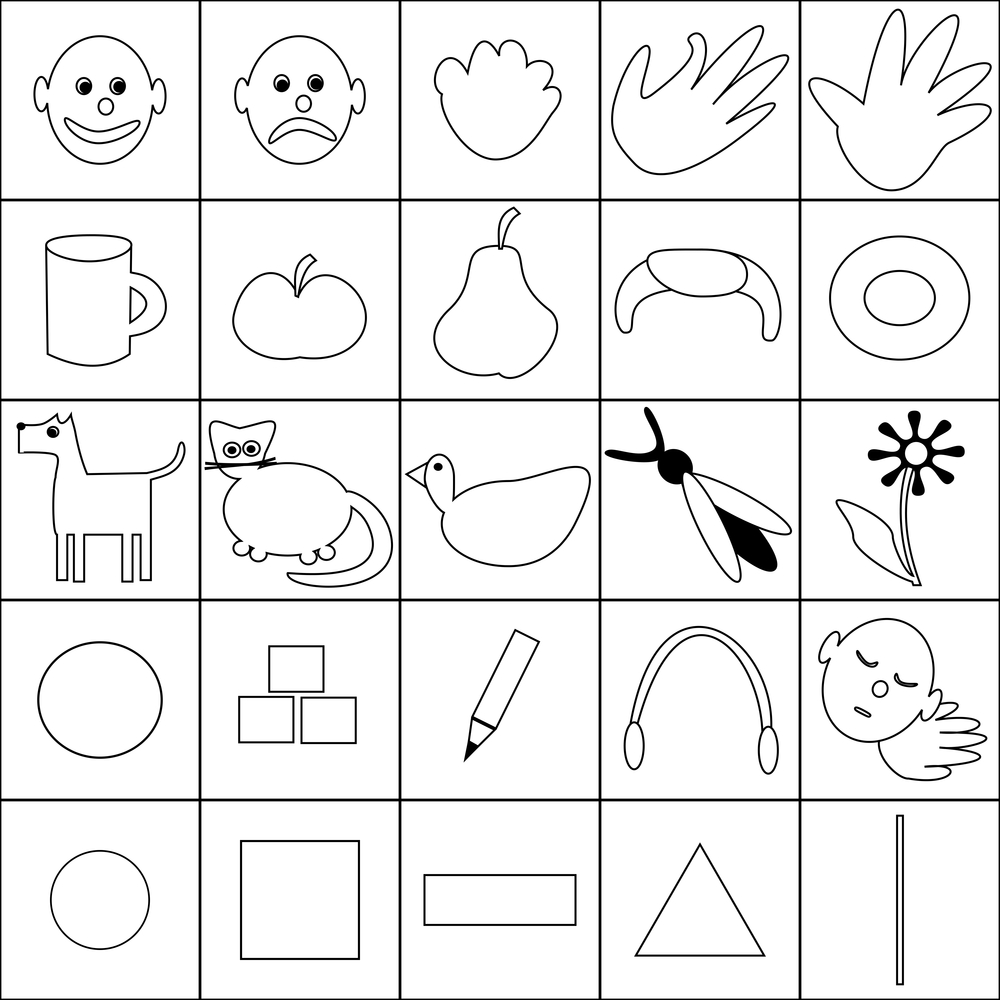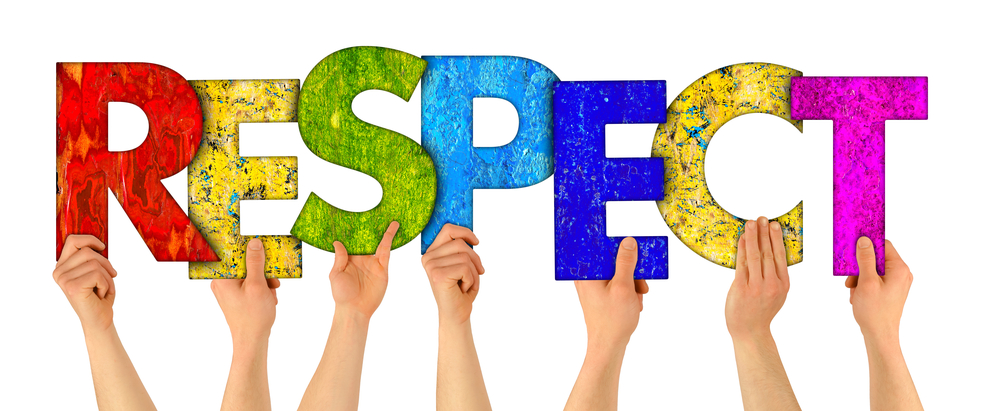
Communication is the tool that allows us to express thoughts, feelings, and needs. However, for individuals on the Autism Spectrum Disorder (ASD), communication can present unique challenges, particularly in the realm of non-verbal communication. Non-verbal communication includes facial expressions, gestures, body language, and tone of voice. So why are these challenges and how can the community include the non-verbal person.

The Challenge
Many individuals with ASD may have difficulty displaying or interpreting facial expressions or body language accurately. This can make it challenging for them to understand others’ emotions or convey their own feelings effectively.
Individuals with ASD may use gestures inconsistently or in unconventional ways. For example, they may struggle with understanding social norms related to personal space or appropriate gestures for different situations.
Maintaining eye contact is an important aspect of non-verbal communication in many cultures. However, individuals with ASD may find it uncomfortable or overwhelming, leading to difficulties in establishing rapport or understanding social cues.
The tone of voice conveys emotions and intentions in communication. However, individuals with ASD may struggle to interpret subtle changes in tone, leading to misunderstandings or difficulty grasping sarcasm or humour.
Individuals with ASD also struggle with language itself. They may interpret “pulling up your socks” as literally pulling up your socks.
Understanding and supporting non-verbal communication in individuals with ASD requires patience, empathy, and some different strategies. Here are some approaches that can be helpful:
Visual aids such as picture cards, social stories, or visual schedules can assist individuals with ASD in understanding and expressing themselves. These tools provide concrete visual cues that help supplement verbal communication.
Structured Communication: Providing clear and structured communication can help individuals with ASD navigate social interactions more effectively. Using simple language, breaking down tasks into smaller steps, and providing predictability can reduce anxiety and support comprehension.

Alternate forms of communincation
For individuals who struggle with verbal communication, alternative communication methods such as sign language, communication boards, or augmentative and alternative communication (AAC) devices can offer valuable means of expression.
Sign language such as AusLan is used by both the hearing impaired and non-verbal community.
Communication boards are low-tech AAC tools consisting of a grid or display with pictures, symbols, or words that individuals can point to or select to convey messages. These boards are often customised to suit the user’s specific needs and preferences.
Picture Exchange Communication System (PECS): PECS is a structured AAC approach that involves using picture cards to facilitate communication. Individuals with limited speech abilities learn to exchange or hand over picture cards to communicate their desires, needs, or thoughts.
Speech-generating Devices (SGDs) are electronic AAC devices equipped with speech output capabilities. Users can select symbols or words on a screen, and the device converts them into spoken language, allowing individuals with speech impairments to communicate verbally.
Text-to-speech software is a type of AAC technology that converts typed or written text into spoken words. This software can be installed on computers, tablets, or smartphones, providing individuals with a means to generate speech independently.
Eye gaze systems are advanced AAC devices that track users’ eye movements and translate them into communication commands. Individuals who are unable to use their hands or have severe physical disabilities can control the device and communicate through eye movements.
There are numerous AAC apps available for tablets and smartphones that utilise symbol-based communication systems. These apps offer a range of features, including symbol libraries, text-to-speech capabilities, and customisable communication grids.

Modelling and Reinforcement
Modelling appropriate non-verbal cues and providing positive reinforcement for attempts at communication can help individuals with ASD develop their skills over time. Praising efforts and providing specific feedback can boost confidence and motivation.

Respect Differences
It’s essential to recognise that each individual with ASD is unique, and communication preferences may vary. By respecting their communication style and preferences, we can create a supportive environment that fosters confidence and autonomy.

Conclusion
Non-verbal communication plays a crucial role in interpersonal interactions, but for individuals with ASD, navigating this aspect of communication can be challenging. By understanding the complexities of non-verbal communication in ASD and implementing supportive strategies, we can enhance communication skills, promote social inclusion, and empower individuals on the spectrum to express themselves more effectively. After all everyone is unique.
